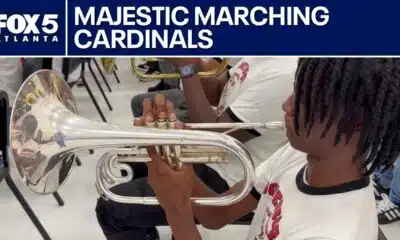(The Center Square) – The Washington Commanders $2.7 billion stadium project touted at a Monday press conference as mainly funded by the team actually includes more than $2.5 billion worth of subsidies, according to the stadium financing blog Field of Schemes.
Neil DeMause, who covers publicly funded stadium projects across the country, published the proposed stadium agreement term sheet while adding up those costs beyond the $500 million through Sports Facilities Fee with a tax capture at the stadium that would be created to pay off bonds, along with $175 million for the parking structure. Events DC, which is partially funded through taxpayer money, will put $181 million toward parking garages on the property and D.C. will pay $202 million for utilities infrastructure, roadways and a WMATA transit study.
DeMause detailed the Commanders’ tax savings, including a $429 million property tax break because the city owns the stadium, $1 a year in rent over the 30-year lease term on federal land where the city has control of development that is estimated to be worth $1 billion.
“This is being sold as one of the smallest public contributions to an NFL stadium on a percentage basis,” DeMause told The Center Square. “But, once you count all of the different subsidies including tax breaks and other things like that. First of all, that’s not even true on a percentage basis but, secondly, this could be the easily the largest public subsidy for any stadium deal in history and the public is set to get nothing back.”
While the district will pay for portions of the stadium project, it will not receive any of the revenue from events at the stadium, stadium naming rights, personal seat licenses or parking on the 180-acre site.
The issue with a city taking revenue from a stadium it owns and paid to build has come up in Ohio with a pair of budget office reports on a proposed $600 million subsidy from the state of Ohio, where the office recommended the “state receive revenue-sharing from events commensurate with our property ownership share.”
Despite the claims from D.C. Mayor Muriel Bowser, Commanders co-owner Josh Harris and NFL Commissioner Roger Goodell at Monday’s press conference, research from economists on stadium projects has consistently shown that those projects do not bring the promised returns to taxpayers.















































